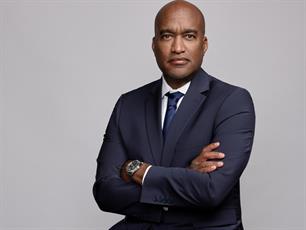Holmes Report 28 Jan 2014 // 1:03AM GMT
Organizations too often overestimate the risks of an open and transparent conversation and underestimate the cost of restricting the flow of information -- this was among the key takeaways from the "Communicating Innovation" panel led by Ellen Ryan Mardiks, vice chairman of GolinHarris, at the In2 Summit in San Francisco.
Stephanie Losee, managing editor for Dell, commented on the velocity of change in both media and PR -- noting that Dell was the inaugural candidate for the New York Times’ native advertising model.
“Speaking from my personal belief, we’re all spending too much time digesting the feelings that go with change,” Losee said. “But we’re the leaders now and having our traditional backgrounds puts in a position to teach and lead the next-generation.”
Innovative communications, she added, often means generating “adjacent content” or content target audiences are interested in that may not serve a direct business purpose. For instance, Dell going forth on a content series around productivity.
Patrice Smith, executive director of PR for Kaiser Permanente, pointed to a Funny/Die PSA that Kaiser’s Everybody Walk arm delivered in 2012. The segment reunited the cast of the West Wing and poked fun at the show’s “walk and talks.”
“I was looking for a creative and interesting way to drive traffic,” Smith said. “And the people I was presenting this idea to didn’t even know what ‘Funny or Die’ was.”
Other examples of compelling content mentioned included stories on things like 3-D sonograms to enable blind women to “see” their child via 3-D printing.
Kiersten Hollars, VP of communications for HighTail, added -- with the exception of investor information -- press releases are used to disseminate low priority news.
“For bigger news, we seed it with our most influential followers,” Hollars explained.
Mardiks said, while communicators frequently add new tactics to their playbook -- the industry as a whole -- remains reluctant to fundamentally change it.
“All that happened to media is the money moved,” Losee said. “So we just follow the money, it’s not a mystery. Brands used to subsidize journalism through ads -- but now the audience scattered and we have brought journalists into the fold to speak directly to audiences.”
All panelists said communications within their organizations tend to embrace and innovation and change -- in some cases, more readily than their marketing counterparts.


































.jpg)





.tmb-135x100.jpg)











